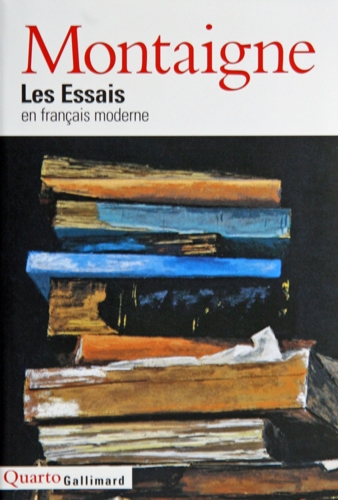Socrates' Daemon
Saturday, May 31, 2008 by Billy
The favour of the gods has given me a marvelous gift, which has never left me since my childhood. It is a voice which, when it makes itself heard, deters me from what I am about to do and never urges me on.
(Socrates)
| |
|
Socrates and his Daemon by Eugène Delacroix
Ceilings of the Library, French National Assembly, Paris. | |
Socrates used the word Daemon to name that voice in his inside that would to talk to him when he was about to do something wrong. Daemon (also Daimon or dæmon) is Latinised spelling of the Greek δαίμων. The word has been used to distinguish the daemons of Greek mythology, good or malevolent supernatural beings, from the Judeo-Christian demons, malignant spirits able to possess humans. Daemon in Ancient Greece had no devilish meaning. It referred to any upper power, including friendly spirits.
Socrates spoke familiarly of his daemon, joked about it and followed blindly its advice. He considered it to be a gift from the gods allowing poetry, mysticism, love, and philosophy itself. “The one who knows what is the right thing will do the right thing”, he would say, because he thought a good view of things makes people acts for the good — which means they behave wrongly when they are mistaken only. It is therefore of greatest importance for everyone to deepen their knowledge, he thought.
Socrates wanted to define clearly what is fair and what is not. Unlike the Sophists, he thought that the ability to distinguish the good from the evil lies inside the reason of the individual, not in rules of the society. “You cannot be happy when you act against your convictions” he believed, and who wants to be unhappy? If you know how to be happy, you will do everything you can to be happy. Therefore, the one who knows what is fair will also do what is fair.
Using a modern terminology, Socrates' daemon would be called intuition sometimes. However, the Greek word was clearly used to name an entity akin to what we would now call a guardian angel, and Socrates certainly attributed personality and voice to his daemon.
|
Jacques-Louis David — The Death of Socrates (1787)
|
In psychoanalysis, one could parallel Socrates' Daemon to Superego. In fact, Carl Jung himself used the term daimon to describe a unique, independent spirit — neither good, nor evil — living in everyone.

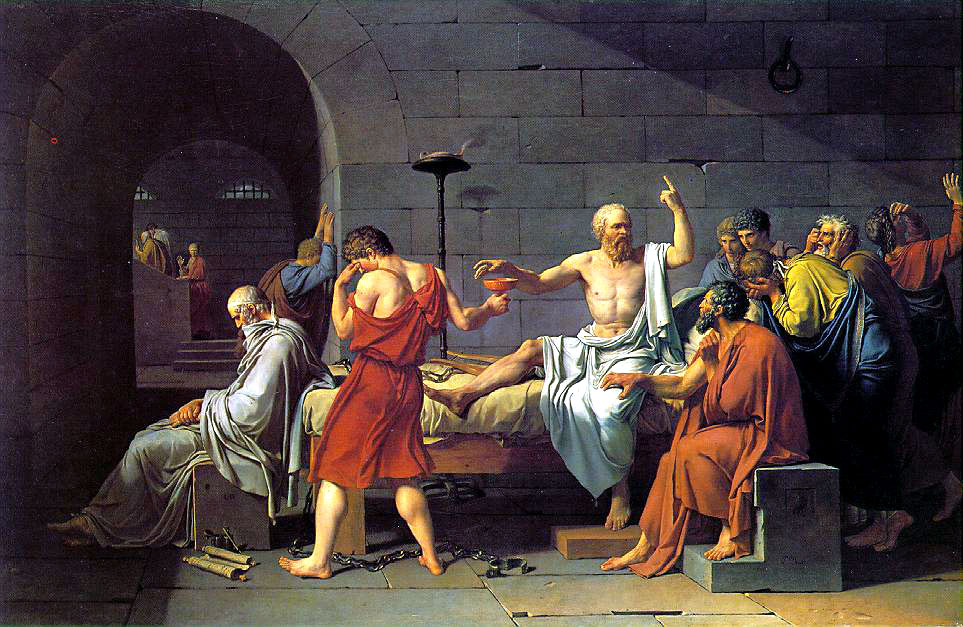
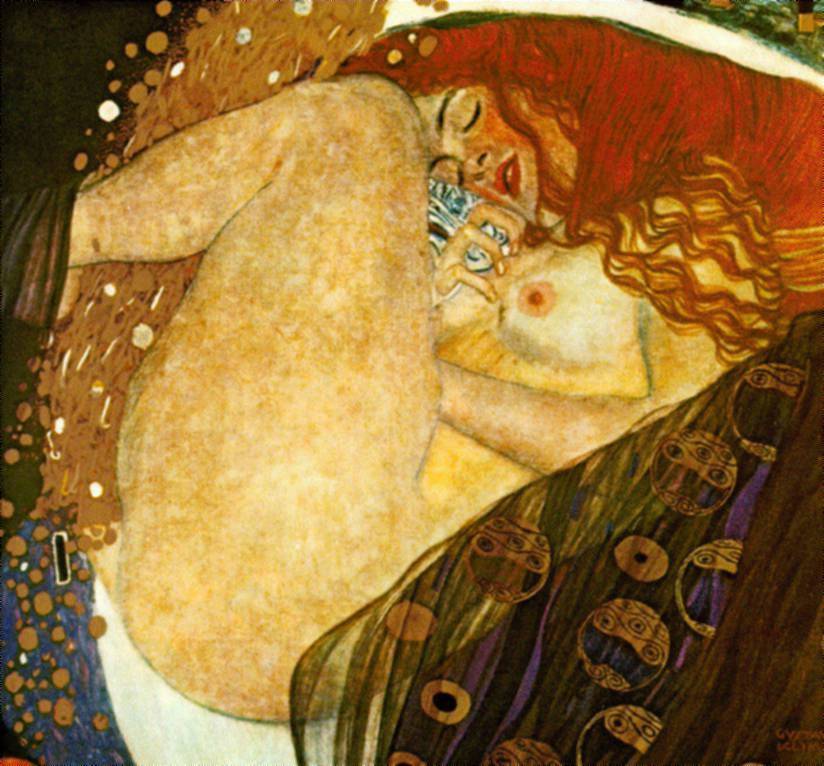
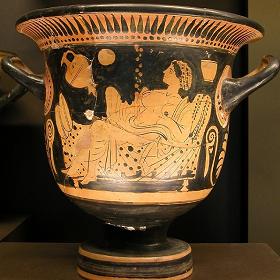
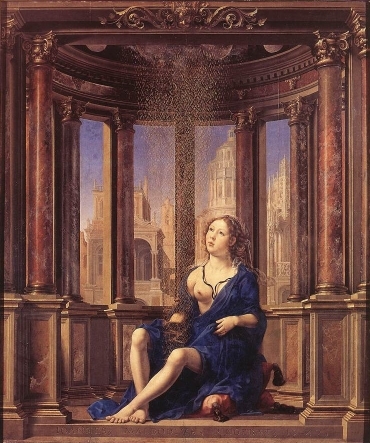
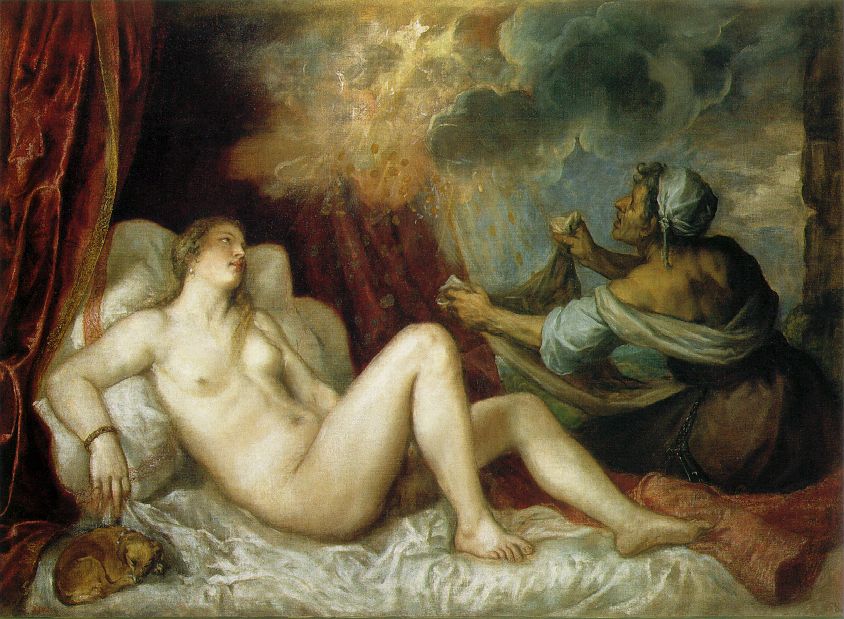
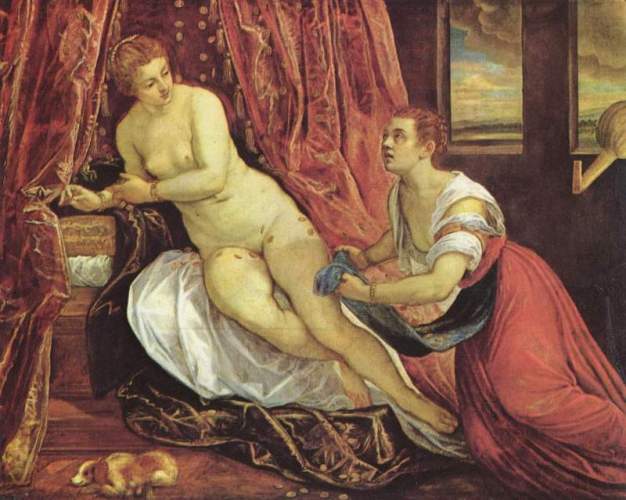


 They usually wear little make-up (sometimes a red nose only), communicate verbally, and always work in pairs. They are caricatures of the staff members, 'almighty doctors' especially. They are dressed like doctors but misappropriate medical equipment... although they are specialists of nose transplant.
They usually wear little make-up (sometimes a red nose only), communicate verbally, and always work in pairs. They are caricatures of the staff members, 'almighty doctors' especially. They are dressed like doctors but misappropriate medical equipment... although they are specialists of nose transplant.
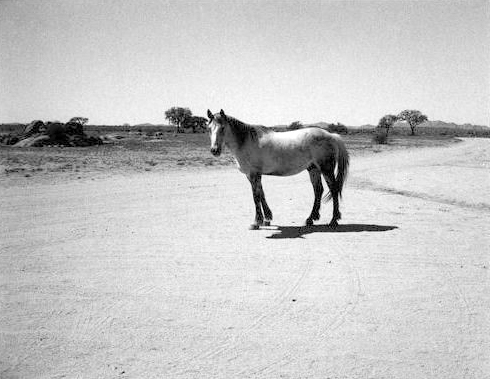
 As the name indicates, it is devoted to contemporary art. That's also the building where the great, yet disturbing, exhibition of David Lynch's works
As the name indicates, it is devoted to contemporary art. That's also the building where the great, yet disturbing, exhibition of David Lynch's works 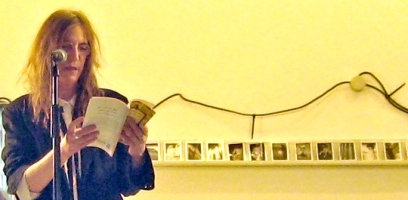 Patti Smith talked about her photos, about the poets she loves: William Blake, Arthur Rimbaud, Jean Genet, René Daumal. She sang a couple of songs, and read poems.
Patti Smith talked about her photos, about the poets she loves: William Blake, Arthur Rimbaud, Jean Genet, René Daumal. She sang a couple of songs, and read poems. I could not help but think it was a shame this picture could not be used as the cover for her great album, Horses, 30 years ago.
I could not help but think it was a shame this picture could not be used as the cover for her great album, Horses, 30 years ago.